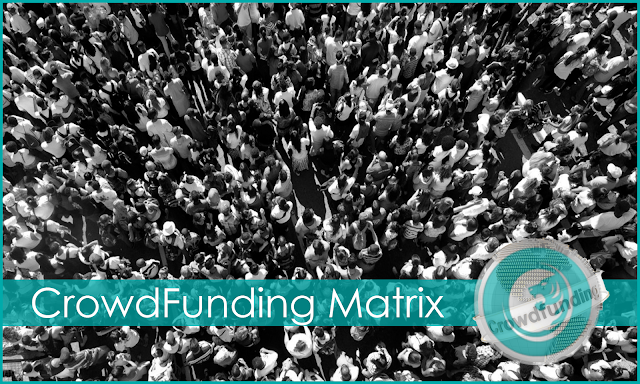The Crowdfunding industry has grown from $16 billion in 2014
to an estimated $34 billion in 2015. However, many still wonder, what is
Crowdfunding? Crowdfunding is the practice of funding a project by raising
contributions from a large number of people, typically via the Internet. The
market is flooded with various types of Crowdfunding options like donation,
reward, lending, equity, royalty, and even hybrid versions.
The two most popular types of Crowdfunding methods are Reward and Equity. For Rewards based Crowdfunding, entrepreneurs pre-sell a product or service to launch a business, and some times even in return for gifts or thank you notes. E.g. Pebble Technology Corporation used Kickstarter to raise $10.3 million in order to develop the Pebble smart watch and pre-sold it to contributors.
For Equity Crowdfunding, the backer receives share of a company, usually in exchange of the money pledged. E.g. Neil Young used Crowdfunder to raise over $6 million in order to continue development on PonoMusic. In case of NIN.VC, it would be limited partner interest in the NIN Ventures Technology (QP) Fund.
So what is the difference between direct investing in a company using a Crowdfunding portal and NIN.VC?
01. Diversification
02. Low Risk
A logical follow up argument would be, what if one makes multiple direct
investments in companies of their choice using a Crowdfunding portal over
investing in NIN.VC? Given 90% of the startups fail, even if one invests in
several companies via a Crowdfunding portal, it becomes solely a numbers game
i.e. Quantity over Quality. On the other hand the fund management invests in an
Entrepreneur because Entrepreneurs build companies and not the other way round.
We (NIN.VC or any venture
fund) not only provide adequate financing (including follow up financing rounds and
access to our syndicate partners), but also lend our domain expertise and
network of partners to help companies with recruitment, PR and marketing, and a
viable exit strategy.
03. Professional Management
04. Board Representation
05. Liquidity
at Exit
When one invests in the NIN Ventures
Technology (QP) Fund, they are locked in with the fund and the management for a
good 10 (+2) years. Redemptions are extremely rare and liquidity happens as and
when the fund makes an exit in a company via an IPO or M&A transaction. On
the other hand direct investment in a company can be offered in the secondary
market for a transfer of ownership, but valuation, timing, and the choice of
investment will dictate that transaction.
